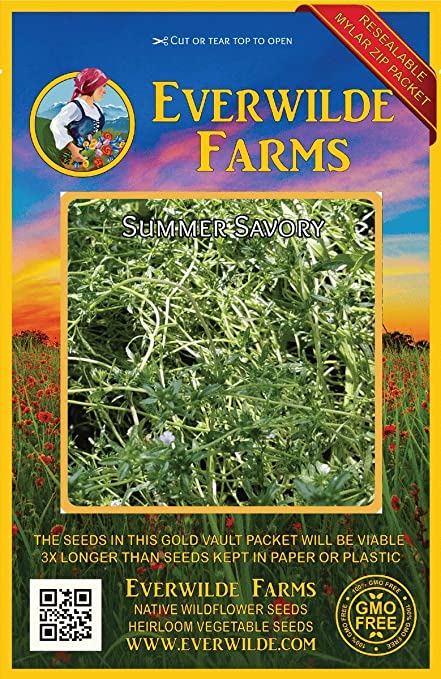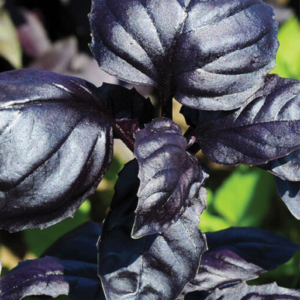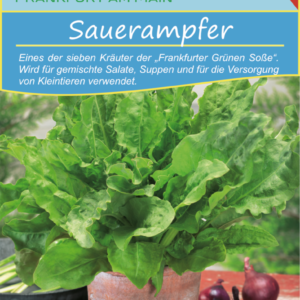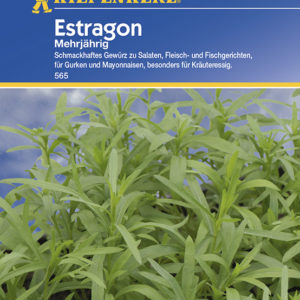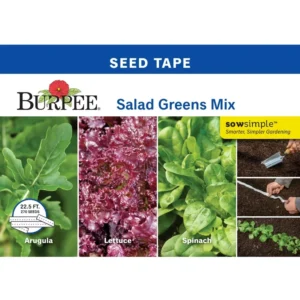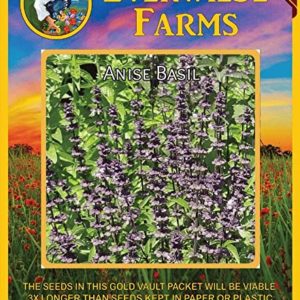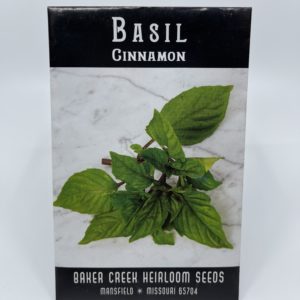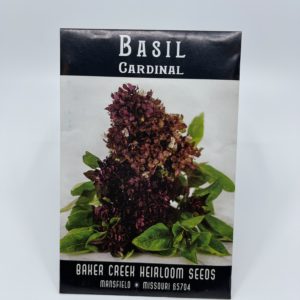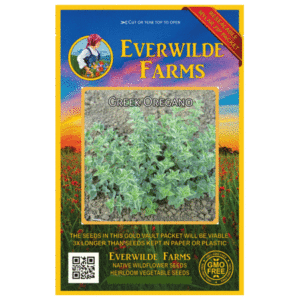زعتر بري
2,000 د.ك
Summer savory, a delicately spicy herb native to the Mediterranean region, was widely used by Greek and Roman cultures in their traditional cuisine; it is still used often in modern Italian dishes. Records suggest that savory was introduced to England during Caesar’s reign, where it became extremely popular both for culinary and medicinal use, and acquired the name “savory” because of its excellent flavor. Because of its noted compatability with beans, German cooks call this “the bean herb.” Savory nicely complements the flavor of other herbs and is often used in herb combinations such as Herbes de Provence, a French seasoning. This herb also has extensive medical benefits, relieving ailments such as asthma, the common cold, or a persistent cough. Gardeners have always known that a sprig of savory used as a poultice provides a soothing remedy for stings, insect bites, and skin irritations. Its antiseptic and antibacterial properties treat a wide variety of ills, giving it a reputation for being the “healing herb.”
Sowing: Start seed indoors by sowing it in a flat on the surface of the soil; keep at a temperature of 65-70 degrees F until germination, which may take up to 21 days. After the last chance of frost, transplant the seedlings outdoors in well drained or sandy soil and full sun; space them 9-12″ apart. Summer Savory herb seeds also grow well in containers and can easily be propogated from cuttings. As a companion plant, it improves the flavor of beans, sweet potatoes and onions; it also discourages insect pests and attracts honey bees.
Growing: Keep the seedlings watered only until they have become established; mature summer savory thrives in fairly dry soil and strong sunlight, and should not be regularly watered unless drought conditions persist. Since the stems often grow thin and weak, they may need support to prevent breaking. Though summer savory readily reseeds itself, this can be prevented by removing the maturing flower heads.
Harvesting: Harvesting of fresh leaves can begin as soon as the plants reach a height of 6″. Cutting fresh leaves often promotes new growth. The best time for harvesting is in the morning after the dew has dried. The fresh leaves reach their peak flavor immediately before the plant flowers; after this point, the flavor decreases. To dry summer savory, cut the stems and hang them upside down in a dry, dark place for about 2 weeks. Strip the leaves from the stems and store them in a cool, dark place.
Seed Saving: Harvest the mature Satureja Hortensis seed heads individually and spread them out to dry out of direct sunlight. When they have dried completely, thresh them to remove the Summer Savory herb seeds and store it in a cool, dry place; for best germination, use it within one year.
Latin Name: Satureja hortensis
Type: Open Pollinated, Heirloom, Warm Season
Life Cycle: Annual
USDA Zones: 3, 4, 5, 6, 7, 8, 9, 10, 11, 12
Seeds per Ounce: 40,000
Planting Method: From Transplant
Sunlight: Full Sun
Height: 18 Inches
Color: Green
Bloom Season: Blooms Late Summer, Blooms Early Fall
Uses: Aromatic, Deer Resistant
غير متوفر في المخزون


